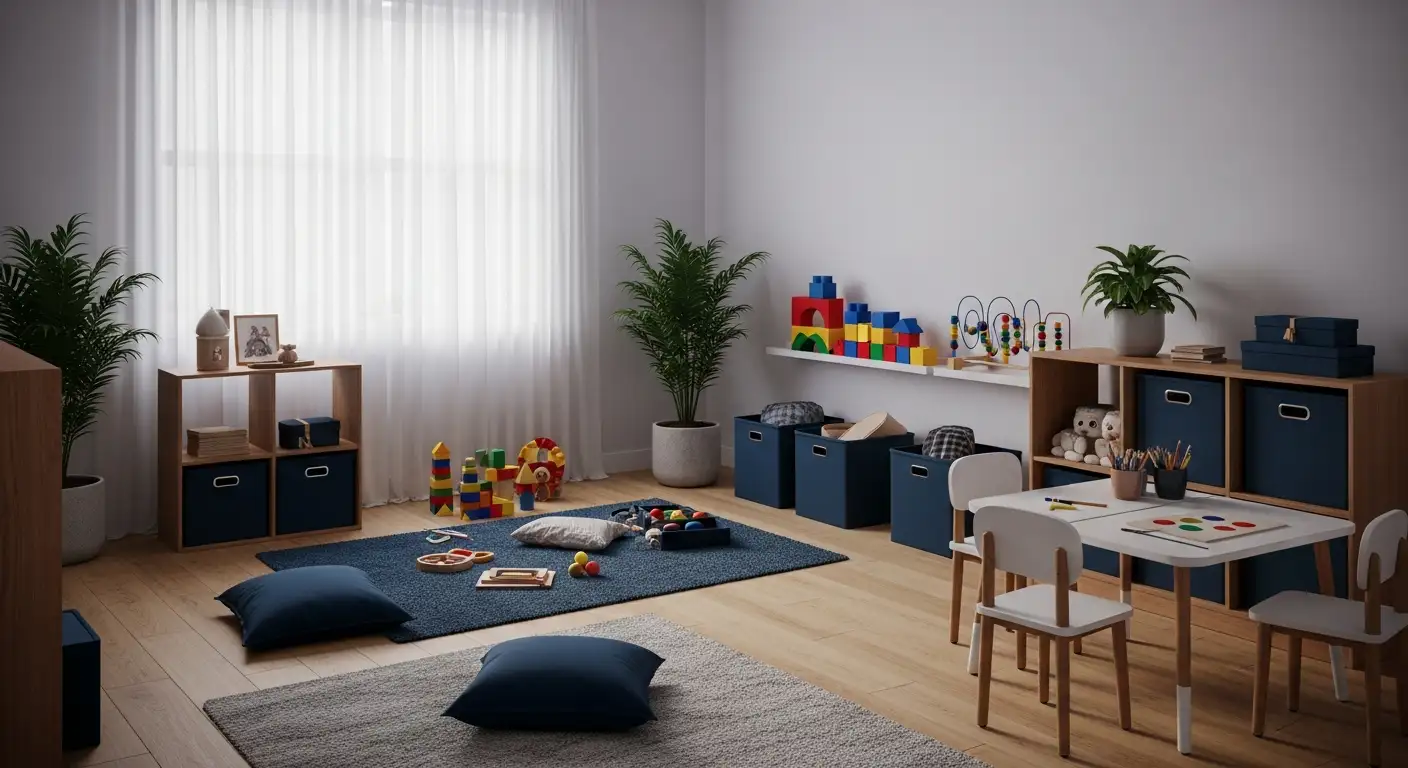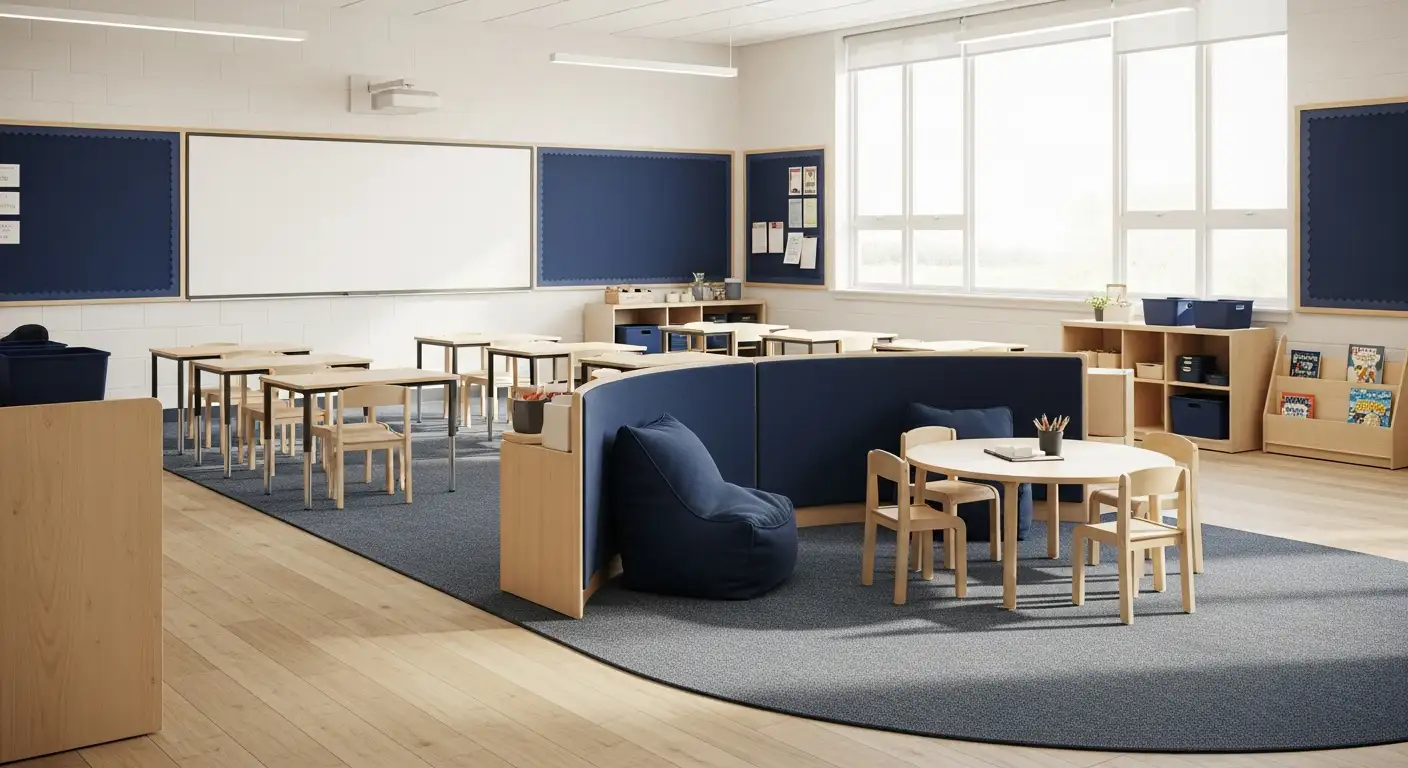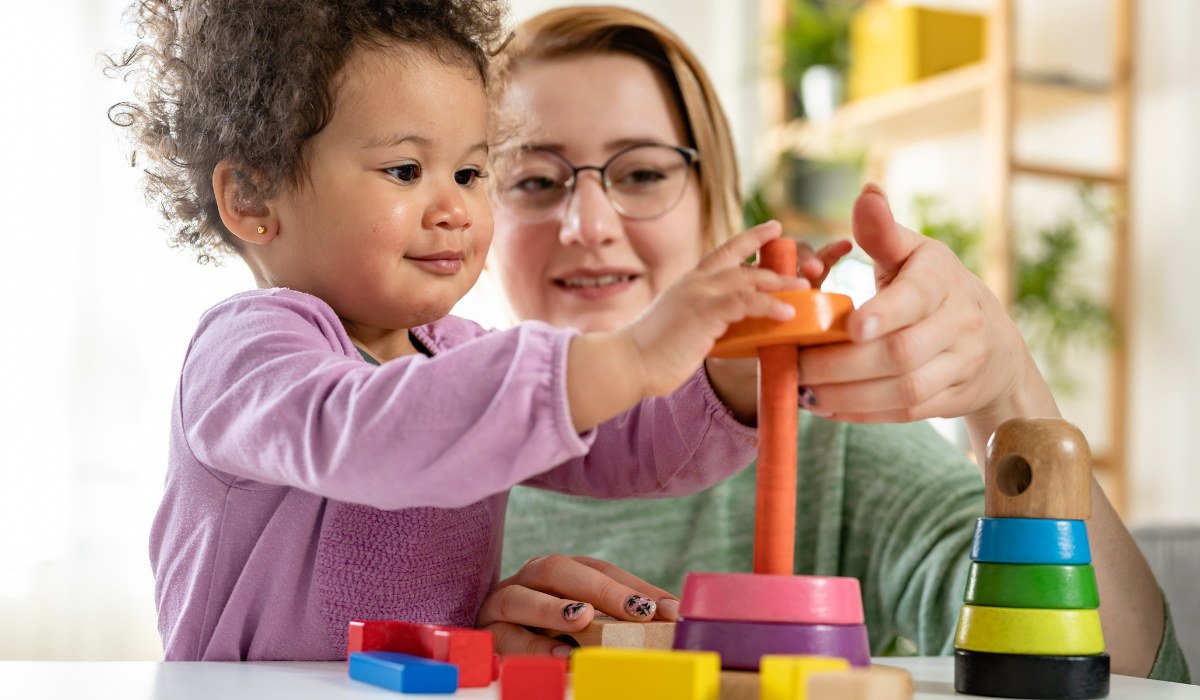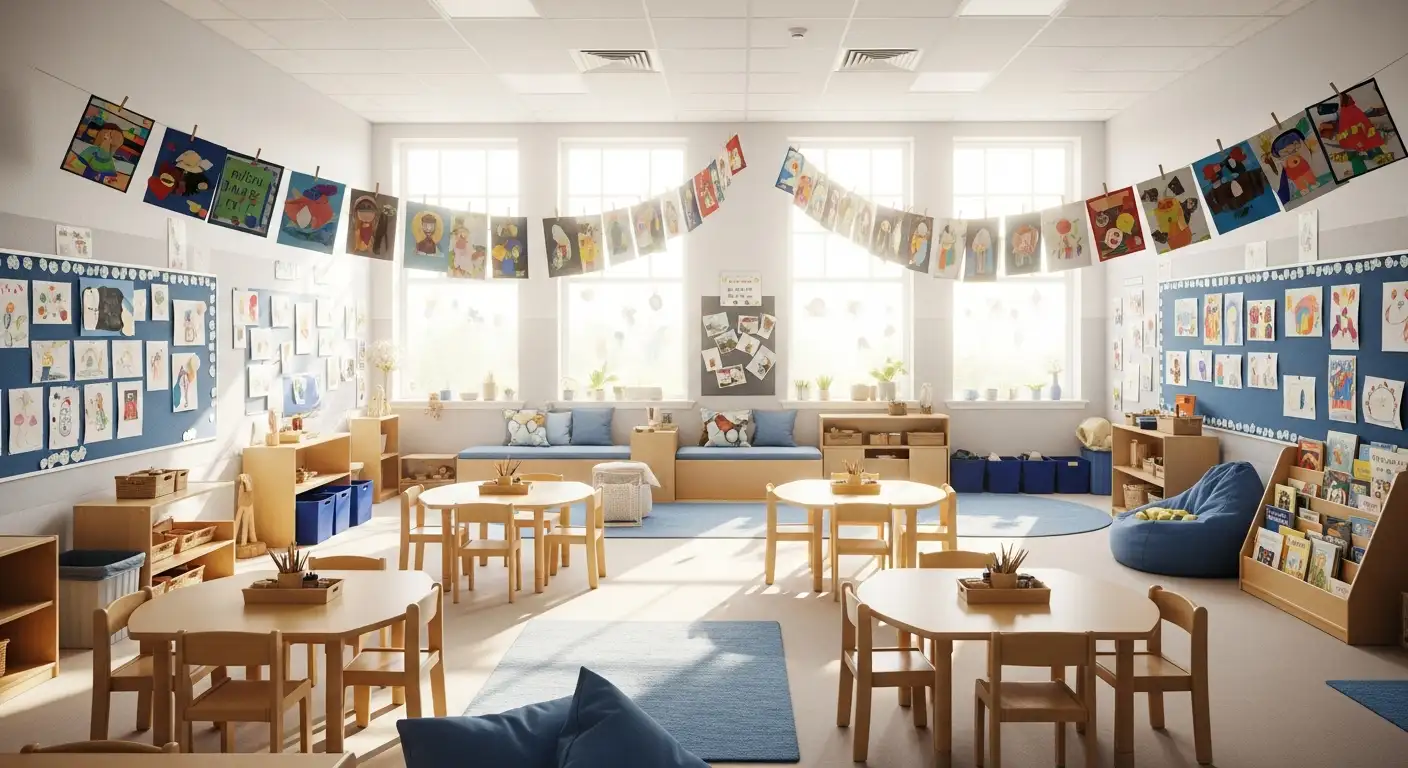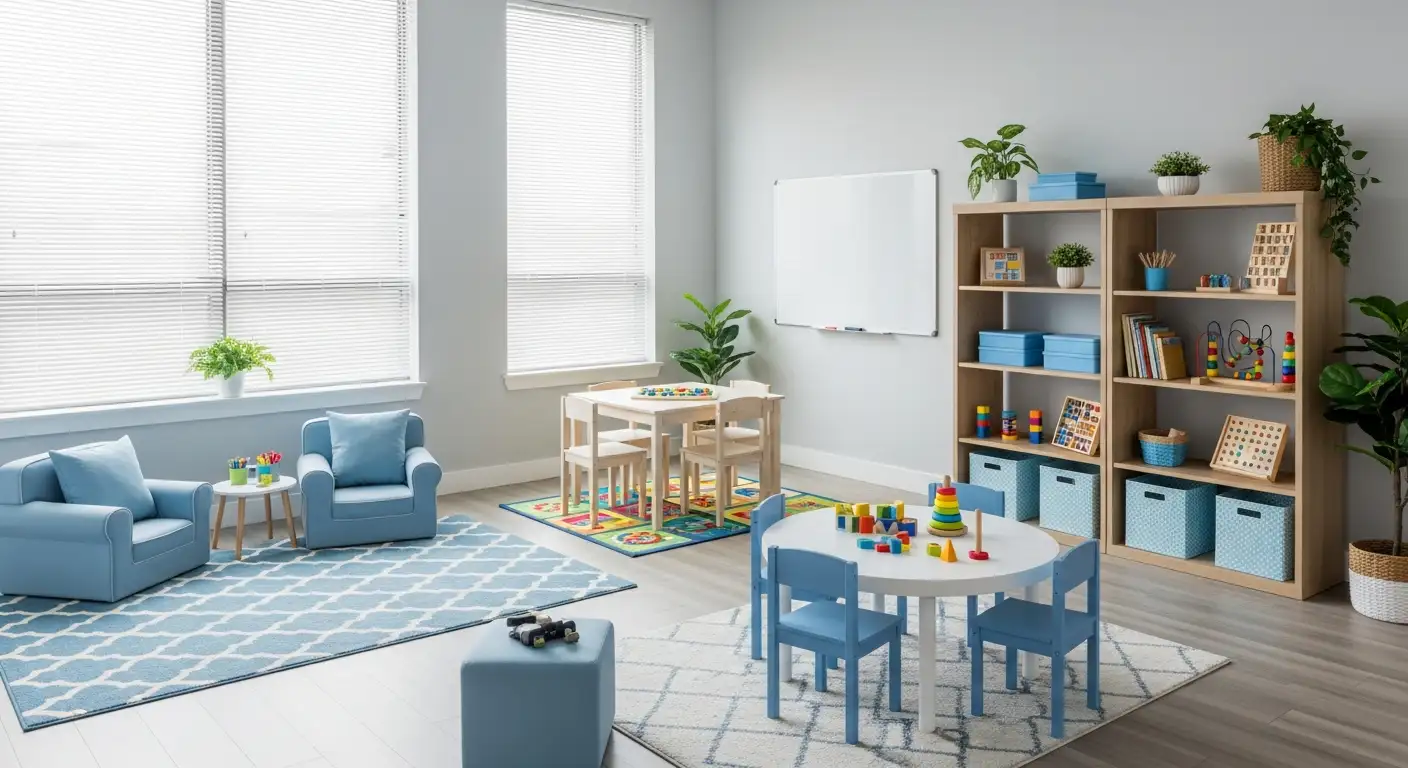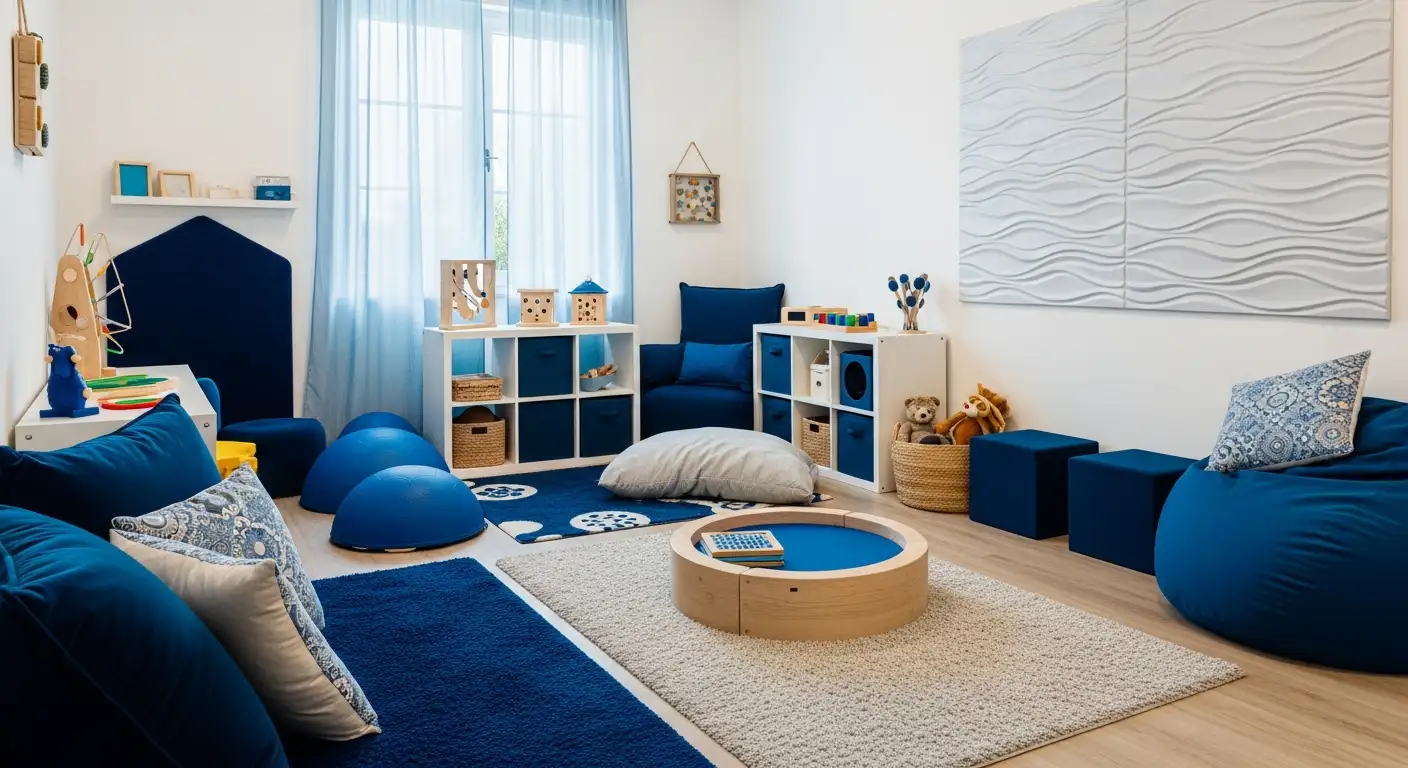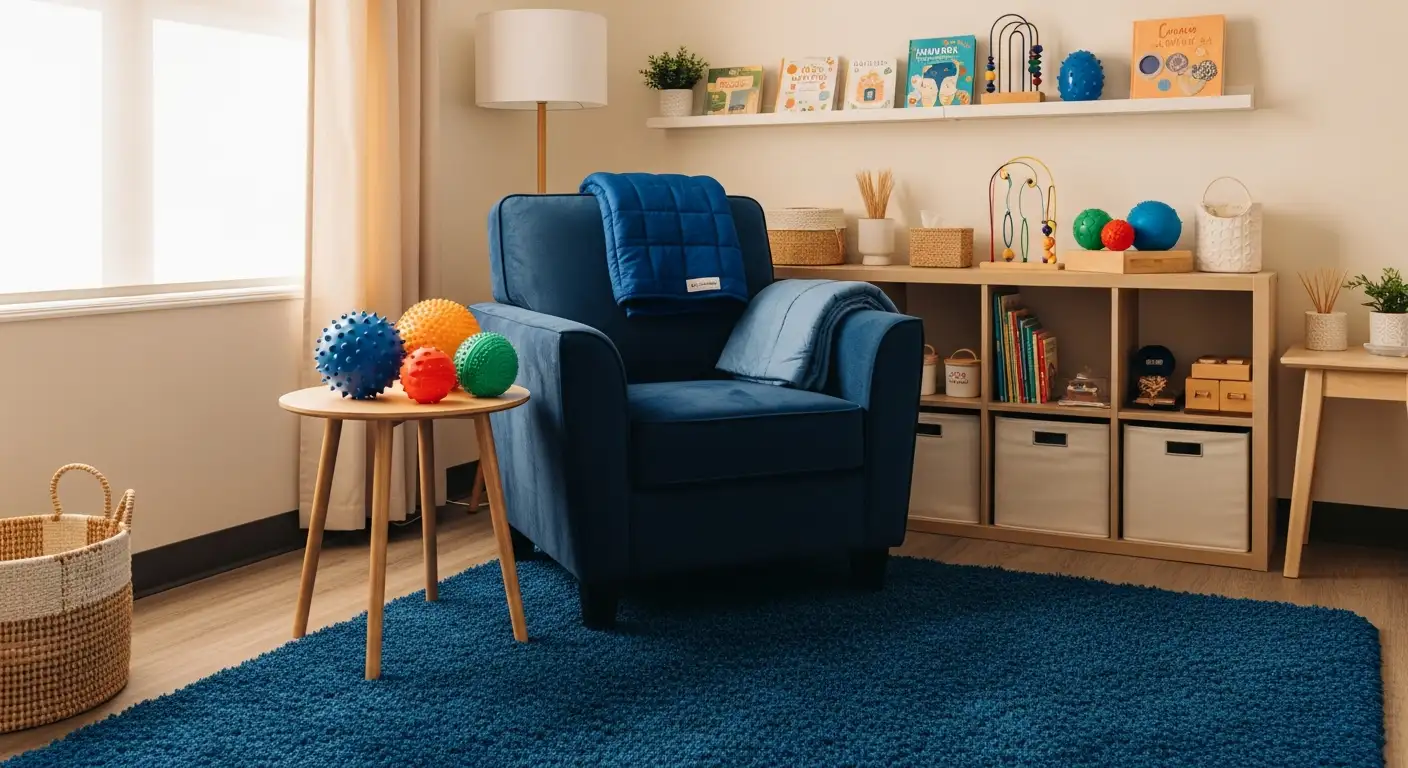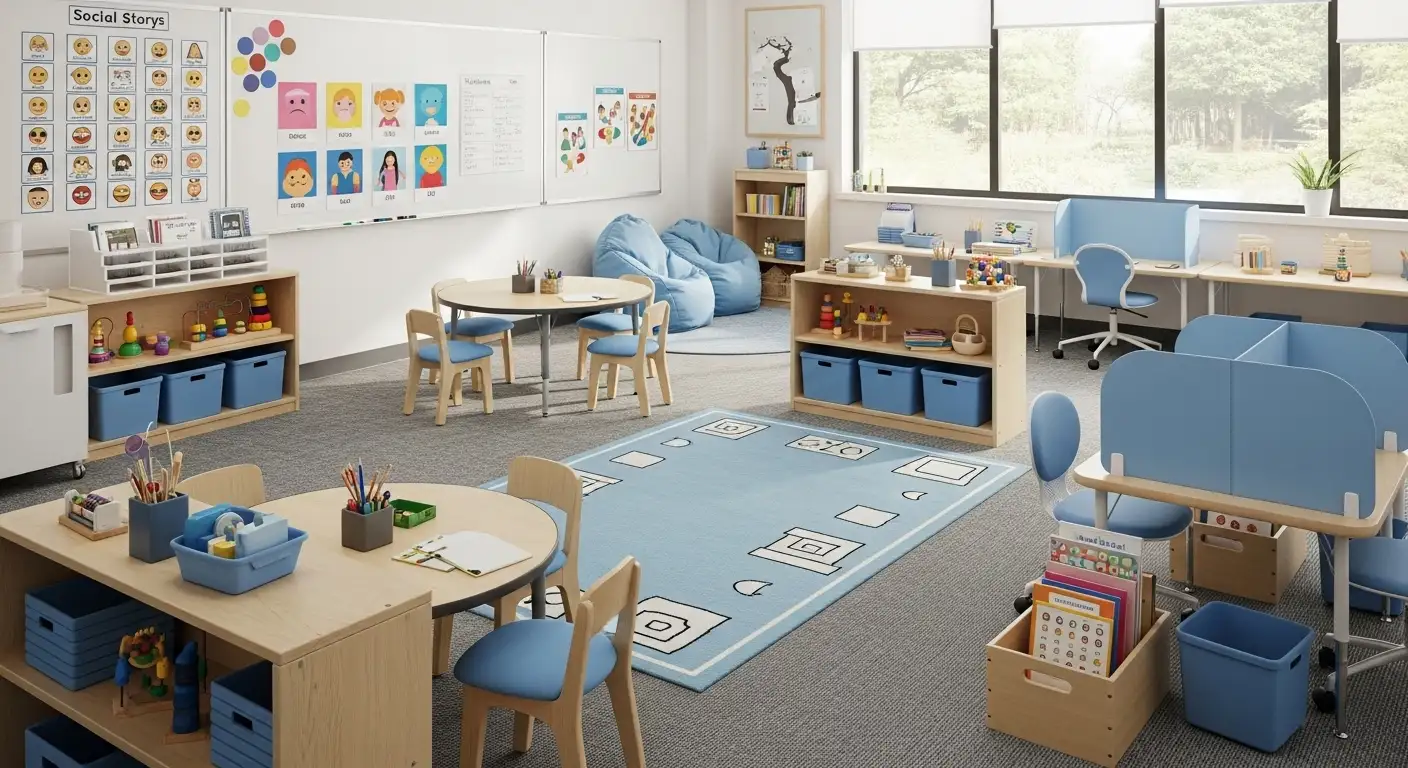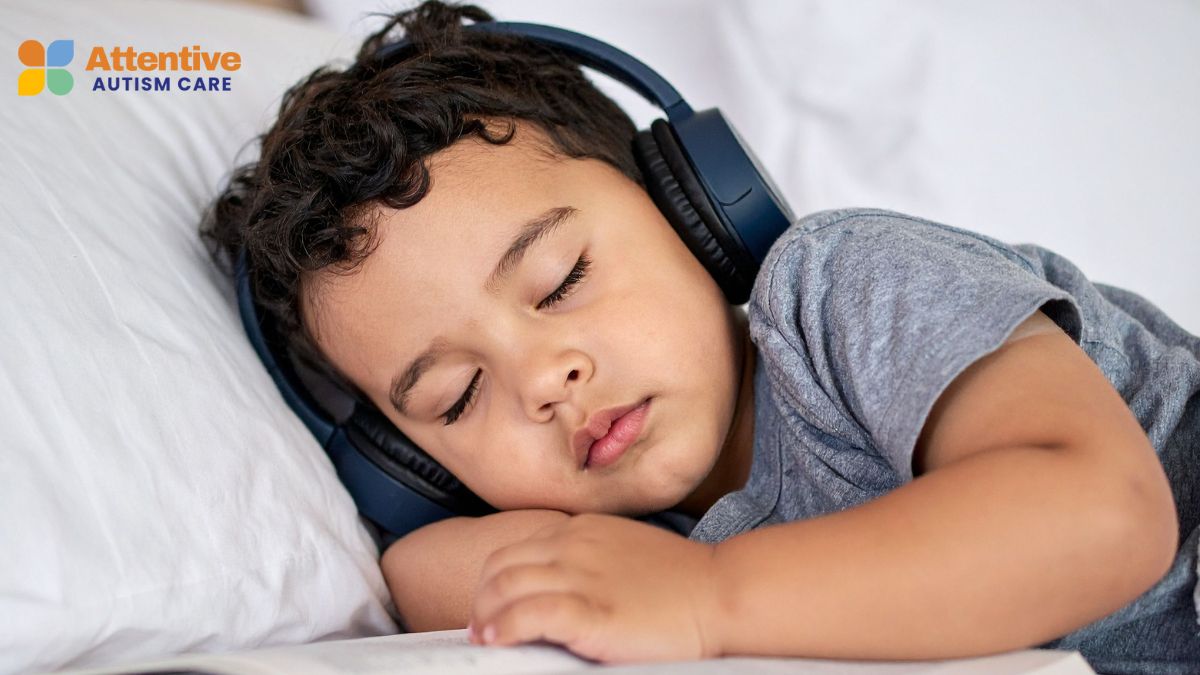Spotting the Signs of Autism in Children and Adults: A Guide
Learn the key signs of autism in children and adults, including social and communication indicators.
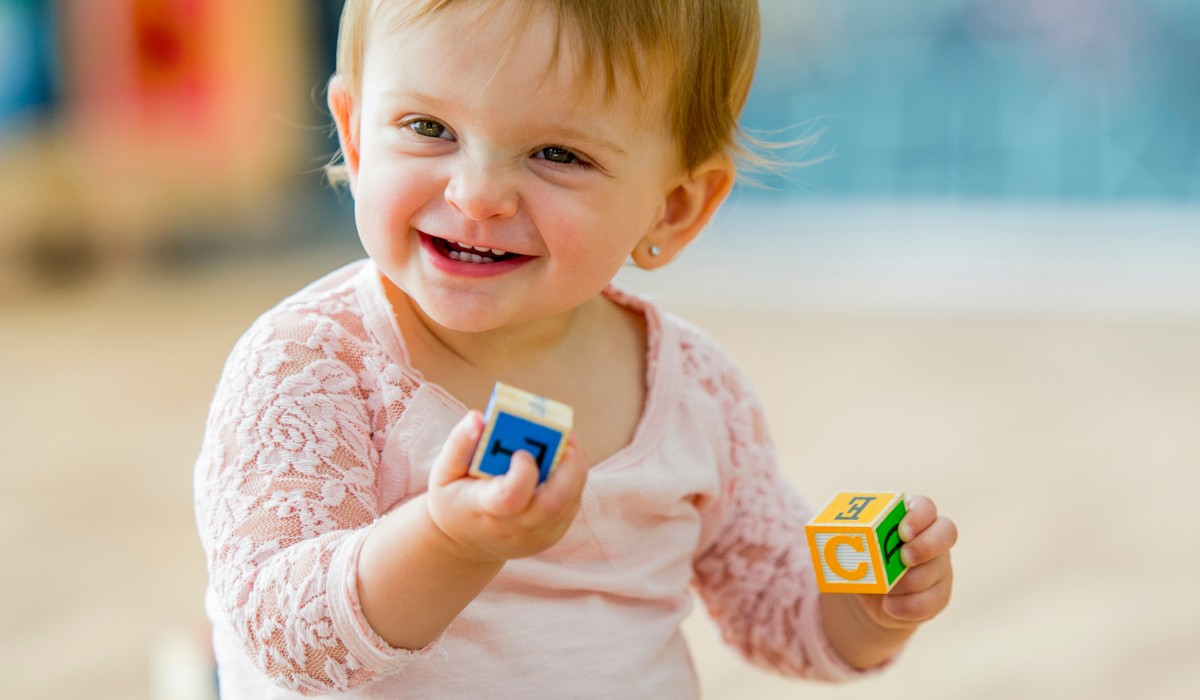
Key Points:
- Autism signs to look for can appear in both children and adults, but may manifest differently by age.
- Early detection of common autism indicators, including social, communication, and sensory differences, can help guide intervention.
- Understanding subtle and overt behaviors across age groups supports more timely diagnosis and care.
Autism spectrum disorder (ASD) is a complex neurodevelopmental condition that affects how a person communicates, socializes, and processes sensory information. While symptoms are often recognized in early childhood, many individuals, especially those with milder traits, are diagnosed later in life.
Knowing the autism signs to look for can make all the difference in seeking timely support and effective intervention. According to the CDC, about 1 in 31 children in the U.S. is diagnosed with autism. However, countless adults remain undiagnosed due to masking or misunderstandings around what autism actually looks like.
This guide aims to help parents, caregivers, and individuals themselves recognize autism signs across the lifespan.
What are Some Autism Signs to Look For?
Autism signs often appear in early childhood, typically by age two. Common indicators include limited eye contact, delayed speech, repetitive behaviors like hand-flapping, and difficulty engaging in pretend play or making friends. Children may also show intense focus on specific interests or struggle with changes in routine.
Other signs include sensory sensitivities, echolalia (repeating words or phrases), and trouble understanding social cues. While no single behavior confirms autism, noticing several signs together is a reason to consult a pediatrician or developmental specialist.
Early evaluation can lead to timely support and better long-term outcomes.
What are Early Signs of Autism in Young Children?
Recognizing autism early in childhood can lead to earlier support, which often improves long-term outcomes. While developmental milestones vary, certain signs may raise red flags for further evaluation.
Young children may exhibit unique behavioral patterns that differ from neurotypical peers. These can become noticeable as early as 12 to 18 months.
Common early autism symptoms in children include:
1. Limited Eye Contact
Children may avoid or have minimal eye contact and may not respond to their name, indicating possible challenges with social engagement and joint attention, often one of the earliest signs caregivers notice.
2. Delayed Speech or Babbling
A lack of babbling by 12 months or delayed speech development can signal communication differences. Children may also show limited gestures like pointing or waving, which are typically expected during early language development.
3. Repetitive Movements
Behaviors like hand-flapping, rocking, or spinning objects repeatedly are common self-stimulatory actions. These repetitive motions may help children regulate sensory input or cope with unfamiliar environments.
4. Lack of Pretend Play
Limited interest in pretend play or imitation can reflect difficulty with symbolic thinking. Children may prefer repetitive routines over creative, interactive games typical of neurotypical developmental stages.
5. Regression of Skills
Losing words, social interest, or previously mastered abilities—known as regression—can be an early and concerning sign. It’s important to seek professional evaluation if regression is observed.
Parents should also look for regression, such as losing words or skills they previously mastered. These signs may point to a need for developmental screening.
What are Autism Signs in Older Children and Teens?
As children grow, autism signs may shift but often remain centered around social communication and behavior. For some, challenges become more apparent in school or peer group settings.
Older children may also develop coping mechanisms that mask certain traits, making diagnosis more complex. Still, there are observable signs parents and teachers can look for.
Key autism traits in older kids and teens:
1. Difficulty with Social Cues
Older children may struggle to read body language, tone, or sarcasm. Conversations can feel one-sided or overly formal, making it hard to form or maintain peer relationships.
2. Rigid Routines and Discomfort with Change
Teens may strongly prefer predictable routines. Unexpected changes or transitions can trigger distress, anxiety, or shutdowns, often mistaken for stubbornness or defiance rather than a need for structure.
3. Intense or Unusual Interests
A deep focus on specific topics—like maps, trains, or statistics—is common. These interests can be absorbing and provide comfort but may dominate conversations or appear unusual to peers.
4. Limited Gestures or Facial Expression
Some children show minimal nonverbal communication, like smiling, nodding, or using expressive gestures. This can make emotional intent harder for others to read and affect social connection.
5. Difficulty with Flexibility
Older kids may have trouble adjusting to new rules, problem-solving on the fly, or seeing other perspectives. This rigidity can impact academic tasks and relationships as expectations increase.
Adolescents may experience increased anxiety or depression as social expectations grow more complex. Understanding the root cause can guide appropriate support.

How Does Autism Present in Adults?
Autism in adults can look very different from childhood ASD presentations. Many adults with mild autism symptoms may have gone undiagnosed for years, especially if they’ve developed strong compensatory strategies.
Adults on the spectrum often reflect on lifelong social difficulties, sensory issues, or burnout from constant masking.
Common signs of autism in adults include:
1. Social Interaction Difficulties
Struggles with small talk, reading cues, or forming close relationships often persist into adulthood.
2. Sensory Sensitivities
Everyday stimuli like loud sounds, bright lights, or clothing textures can feel overwhelming or distressing.
3. Preference for Routine
Rigid daily habits provide comfort; unexpected changes may cause anxiety or shutdowns in adult life.
4. Literal Interpretation
Adults may take language at face value, missing sarcasm, idioms, or implied meanings in conversation.
Many adults report a sense of relief after receiving a diagnosis, as it helps explain lifelong patterns of feeling different or misunderstood.
Are Autism Signs Different in Girls and Boys?
Yes, autism can present differently in girls than in boys. While core traits are the same, girls often show more subtle signs and may be better at masking difficulties by copying social behaviors. As a result, they are often diagnosed later or overlooked entirely.
Girls with autism may have intense interests that appear more socially typical, like animals or books, and may show fewer repetitive behaviors. They might internalize struggles, leading to anxiety or depression. Recognizing these differences is essential to ensure girls receive timely support and an accurate diagnosis.

How Can Parents Tell the Difference Between Autism and Other Conditions?
Autism shares overlapping traits with conditions like ADHD, anxiety, and speech delays, which can make diagnosis challenging. However, autism is primarily defined by persistent differences in social communication, sensory processing, and restricted or repetitive behaviors.
A key difference is that autism affects how a child relates to others and interprets the world, not just how they focus or speak. A comprehensive evaluation by professionals—such as psychologists, speech-language pathologists, or developmental pediatricians—can help distinguish between autism and other diagnoses.
Early assessment ensures the right supports are in place as soon as possible.
When Should Parents Seek Help?
Parents should act early if they notice developmental delays or behaviors that seem atypical. Early intervention—especially behavioral therapy—can dramatically improve quality of life.
Even mild autism symptoms deserve attention if they interfere with daily functioning or cause distress. Waiting for a formal diagnosis isn’t always necessary to start helpful support.
Situations that may warrant professional evaluation include:
1. Language Delays or Skill Loss
If a child isn’t speaking as expected or loses previously learned words, it may signal a developmental issue. Early language regression is a strong indicator for seeking professional evaluation.
2. Unusual Sensory Responses
Extreme reactions to sounds, textures, or lights may reflect sensory processing differences. If sensory issues interfere with daily comfort or participation, a specialist can help identify strategies or underlying conditions like autism.
3. Limited Play or Peer Interaction
Children who avoid pretend play or struggle to connect with peers may have social communication differences. These early signs often warrant further screening for autism or related developmental conditions.
4. Intense Reactions to Change
Frequent meltdowns or anxiety over small changes in routine may suggest difficulty with flexibility. These behaviors, especially when persistent, often benefit from therapeutic support and structured intervention.
5. Lack of Social Interest
If a child shows little desire to engage with others or doesn’t seek shared experiences, this may indicate early signs of autism. Observation and assessment can help clarify what support is needed.
Early screening and open conversations with health providers can start the journey toward appropriate resources.
Promote Healthy Routines With ABA Therapy
Understanding autism signs is only the beginning. For many families, Applied Behavior Analysis (ABA) therapy provides structured, research-backed support tailored to the individual’s unique strengths and needs.
Attentive Autism Care proudly offers customized ABA therapy in Maryland, Colorado, Utah, North Carolina, New Mexico, and Nebraska. Our therapy services are designed to build communication, reduce behavioral challenges, and promote independence in both children and adults.
Contact us today to learn how we can help your child or family member grow in confidence and skill. Let’s take the next step together.






